Cdt1
Overview
Cdt1 (Cdc10-dependent transcript 1) is a protein that is encoded by the CDT1 gene in humans. It is a key component in the process of DNA replication, playing a significant role in the licensing of origins of replication during the G1 phase of the cell cycle.[1]

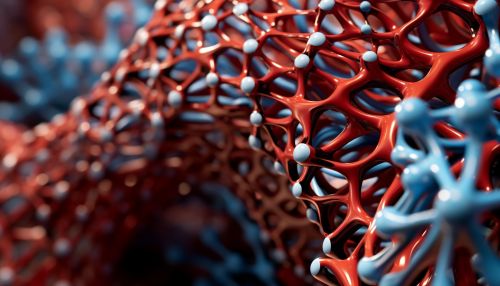
Function
Cdt1 is involved in the formation of the pre-replication complex (pre-RC), a protein complex that is assembled at origins of replication. The pre-RC is crucial for DNA replication as it licenses the DNA for replication, ensuring that each segment of the genome is replicated only once per cell cycle.[2] Cdt1 functions by recruiting the MCM (minichromosome maintenance) complex, a group of six proteins that form the core of the DNA replication machinery, to the origins of replication.[3]
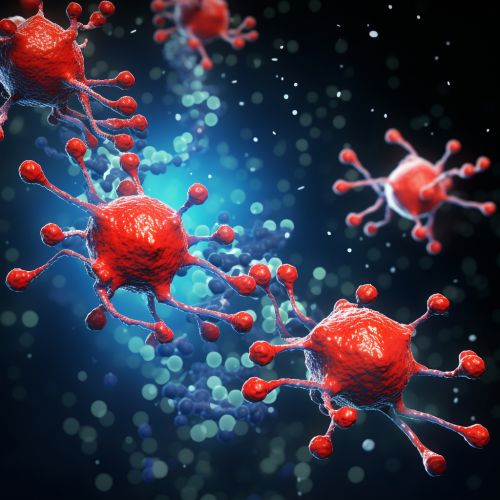
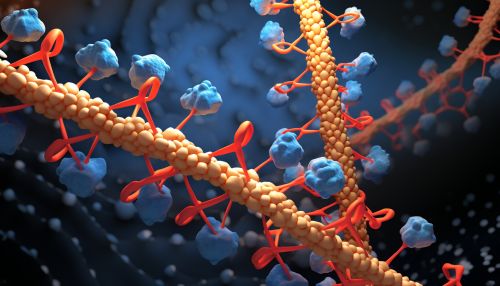
Structure
The Cdt1 protein is composed of several domains, including a central domain that interacts with the MCM complex and a C-terminal domain that interacts with geminin, a protein that inhibits Cdt1 function. The N-terminal domain of Cdt1 is less well characterized but is thought to be involved in protein-protein interactions.[4]
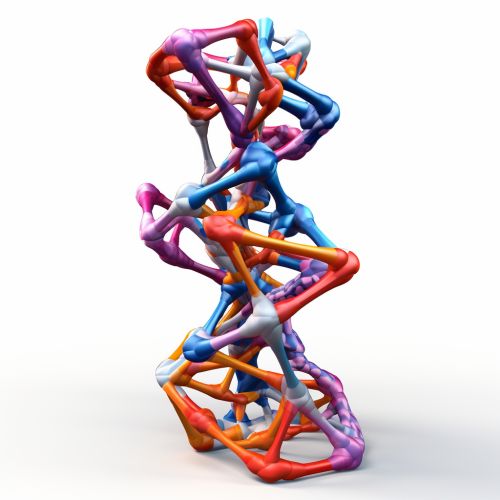

Regulation
Cdt1 activity is tightly regulated to prevent re-replication of DNA. This regulation is achieved through several mechanisms, including inhibition by geminin and degradation of Cdt1 by the SCF (Skp, Cullin, F-box containing) complex and the CRL4 (Cullin-RING ubiquitin ligase 4) complex.[5]
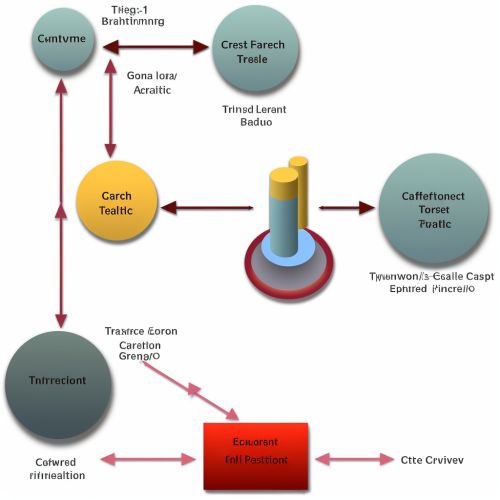

Clinical Significance
Abnormal expression or regulation of Cdt1 can lead to re-replication of DNA, causing genomic instability and potentially leading to cancer. Overexpression of Cdt1 has been observed in several types of cancer, including breast, lung, and gastric cancers.[6]


See Also
References
- ↑ Blow, J. J., & Dutta, A. (2005). Preventing re-replication of chromosomal DNA. Nature Reviews Molecular Cell Biology, 6(6), 476–486. https://doi.org/10.1038/nrm1663
- ↑ Diffley, J. F. (2004). Regulation of early events in chromosome replication. Current Biology, 14(18), R778–R786. https://doi.org/10.1016/j.cub.2004.09.019
- ↑ Yanagi, K., Mizuno, T., You, Z., & Hanaoka, F. (2002). Mouse geminin inhibits not only Cdt1-MCM6 interactions but also a novel intrinsic Cdt1 DNA binding activity. Journal of Biological Chemistry, 277(43), 40871–40880. https://doi.org/10.1074/jbc.M206027200
- ↑ Sugimoto, N., Tatsumi, Y., Tsurumi, T., Matsukage, A., Kiyono, T., Nishitani, H., & Fujita, M. (2004). Cdt1 phosphorylation by cyclin A-dependent kinases negatively regulates its function without affecting geminin binding. Journal of Biological Chemistry, 279(19), 19691–19697. https://doi.org/10.1074/jbc.M313175200
- ↑ Nishitani, H., Sugimoto, N., Roukos, V., Nakanishi, Y., Saijo, M., Obuse, C., ... & Lygerou, Z. (2006). Two E3 ubiquitin ligases, SCF-Skp2 and DDB1-Cul4, target human Cdt1 for proteolysis. The EMBO journal, 25(5), 1126-1136. https://doi.org/10.1038/sj.emboj.7601002
- ↑ Nishitani, H., Lygerou, Z., Nishimoto, T., & Nurse, P. (2000). The Cdt1 protein is required to license DNA for replication in fission yeast. Nature, 404(6778), 625–628. https://doi.org/10.1038/35007010
